The Global Organic Baby Food is currently characterized by a dynamic competitive landscape, driven by increasing consumer demand for healthier, organic options for infants. Key players such as Nestle (CH), Danone (FR), and Hipp (DE) are strategically positioned to leverage this trend through innovation and regional expansion. Nestle (CH) has focused on enhancing its product portfolio with organic offerings, while Danone (FR) emphasizes sustainability in its sourcing and production processes. Hipp (DE) continues to strengthen its market presence through partnerships with local suppliers, ensuring high-quality ingredients. Collectively, these strategies not only enhance brand loyalty but also shape a competitive environment that prioritizes health and sustainability.
In terms of business tactics, companies are increasingly localizing manufacturing to reduce supply chain complexities and enhance responsiveness to market demands. The market structure appears moderately fragmented, with several players vying for market share, yet the influence of major companies remains substantial. This competitive structure allows for a diverse range of products, catering to varying consumer preferences while fostering innovation across the sector.
In August 2025, Nestle (CH) announced the launch of a new line of organic baby food products specifically designed for infants with dietary restrictions. This strategic move is indicative of Nestle's commitment to inclusivity and health, potentially capturing a niche market segment that has been underserved. By addressing specific dietary needs, Nestle not only broadens its consumer base but also reinforces its position as a leader in the organic baby food sector.
In September 2025, Danone (FR) unveiled a partnership with a tech startup to integrate AI-driven analytics into its supply chain management. This initiative aims to enhance operational efficiency and reduce waste, aligning with Danone's sustainability goals. The integration of advanced technology into traditional supply chains could significantly improve product availability and reduce costs, thereby strengthening Danone's competitive edge in the market.
In July 2025, Hipp (DE) expanded its distribution network in Asia by collaborating with local retailers to increase accessibility to its organic products. This strategic expansion not only enhances Hipp's market presence but also reflects a growing trend of international companies tapping into emerging markets. By localizing its distribution, Hipp is likely to gain a competitive advantage in regions where organic baby food demand is on the rise.
As of October 2025, the competitive trends in The Global Organic Baby Food are increasingly defined by digitalization, sustainability, and technological integration. Strategic alliances are becoming more prevalent, allowing companies to pool resources and expertise to innovate more effectively. Looking ahead, competitive differentiation is expected to evolve from traditional price-based competition to a focus on innovation, technology, and supply chain reliability, as companies strive to meet the growing consumer demand for high-quality, organic products.
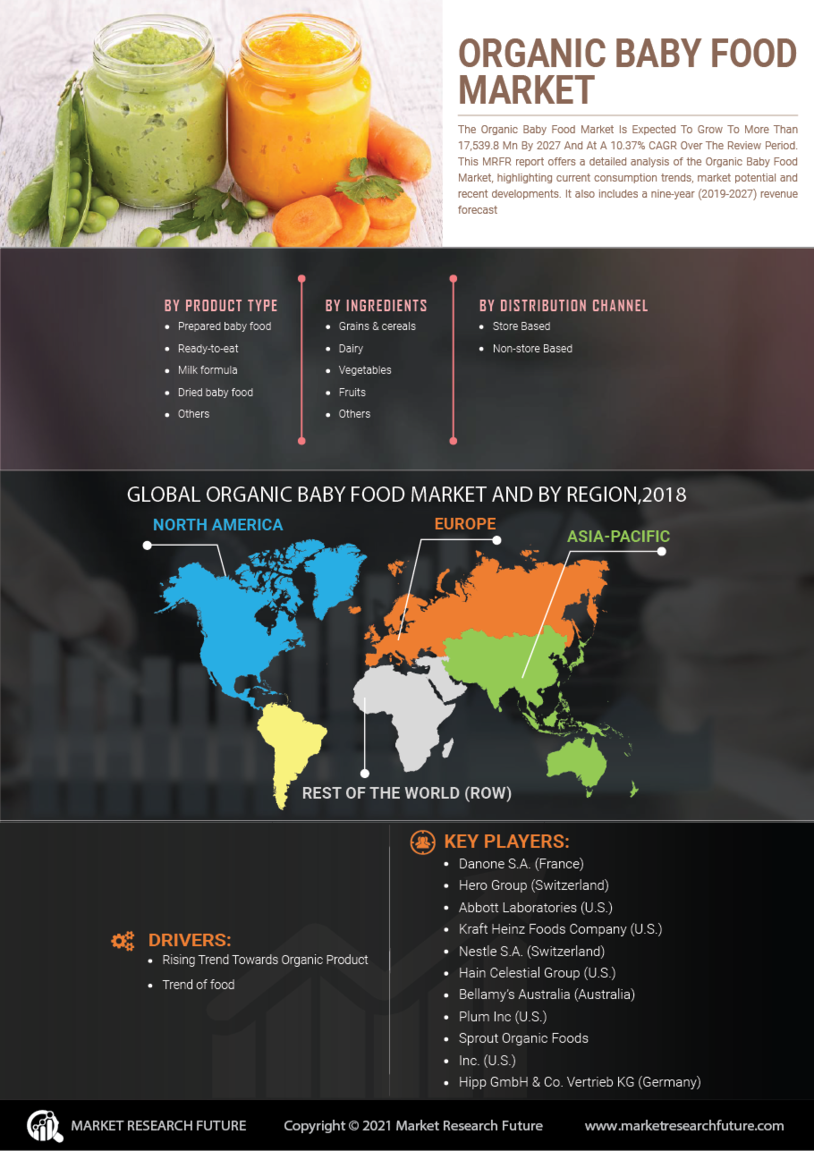

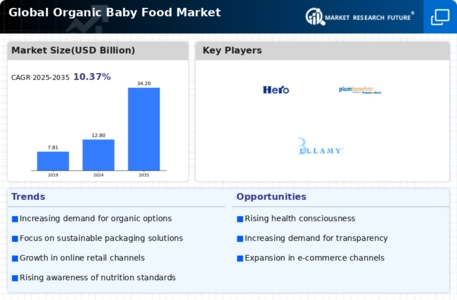
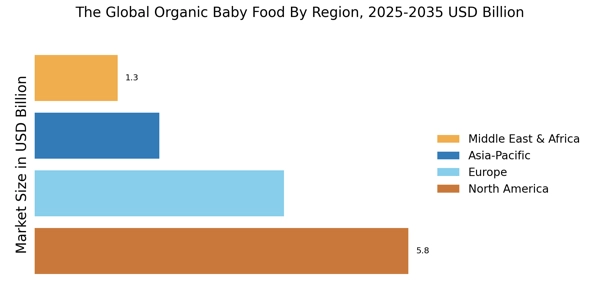
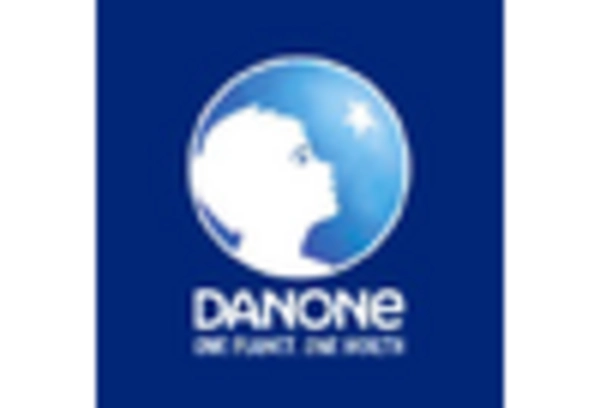
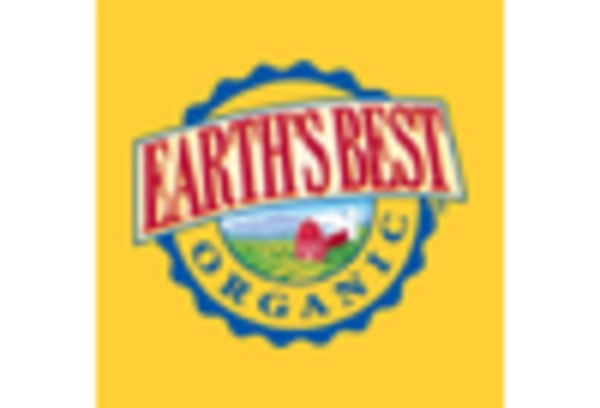

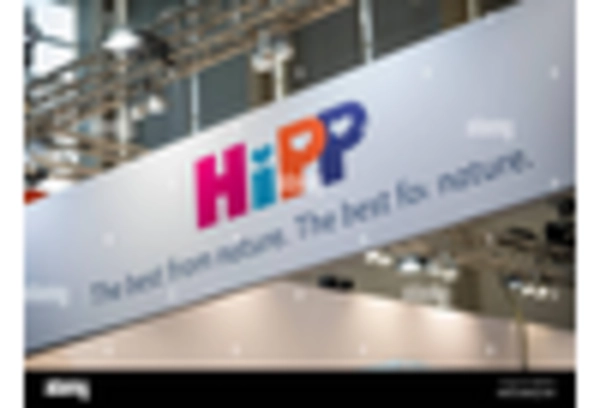

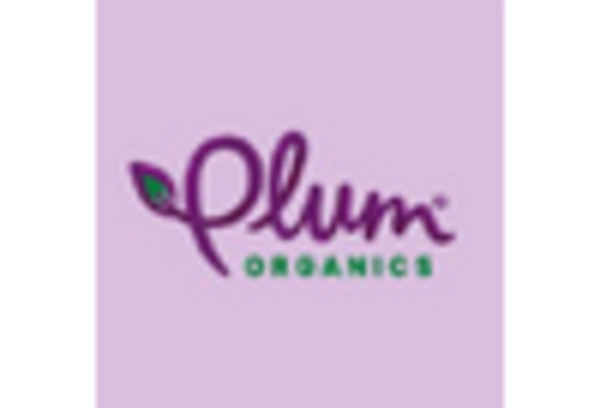








Leave a Comment